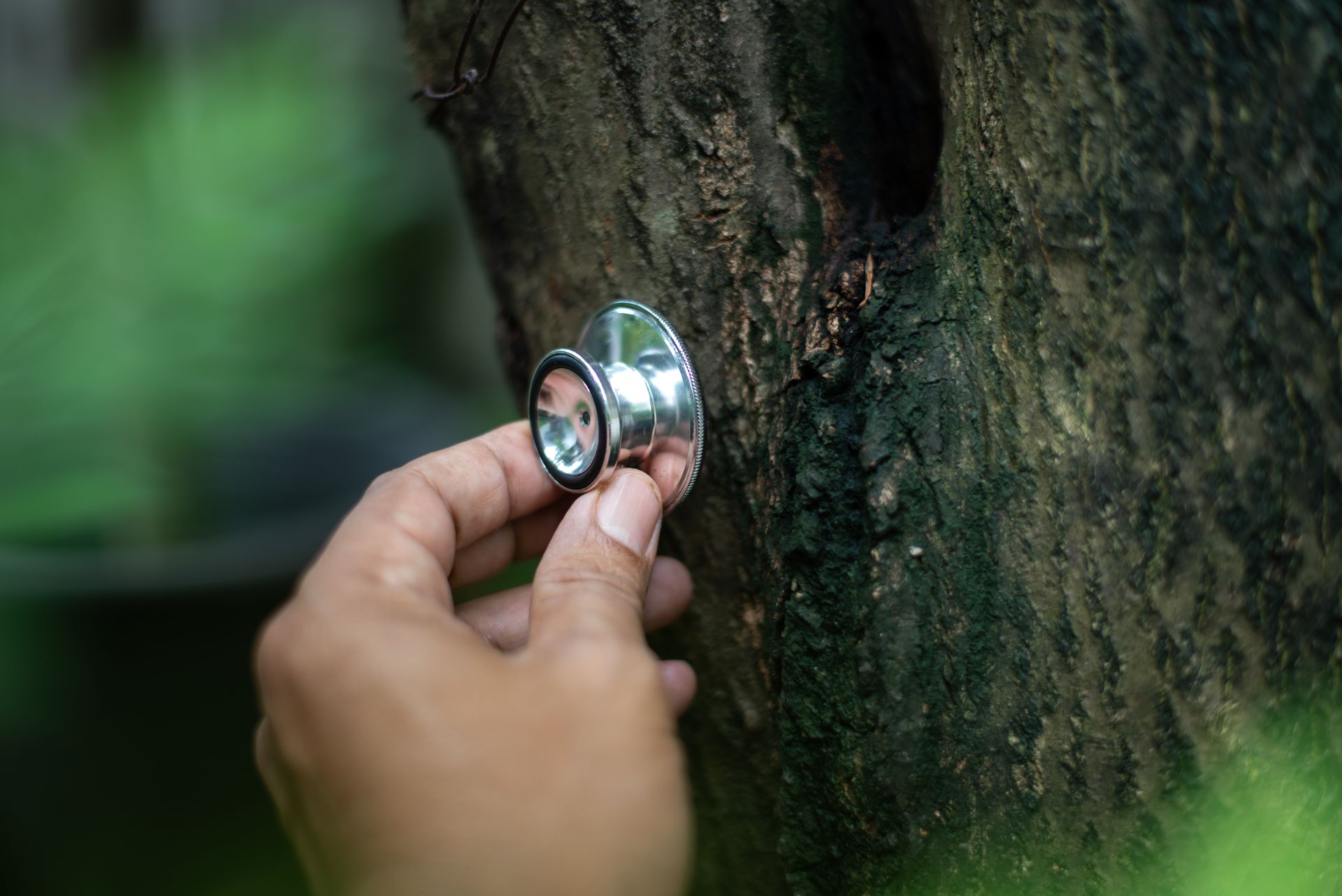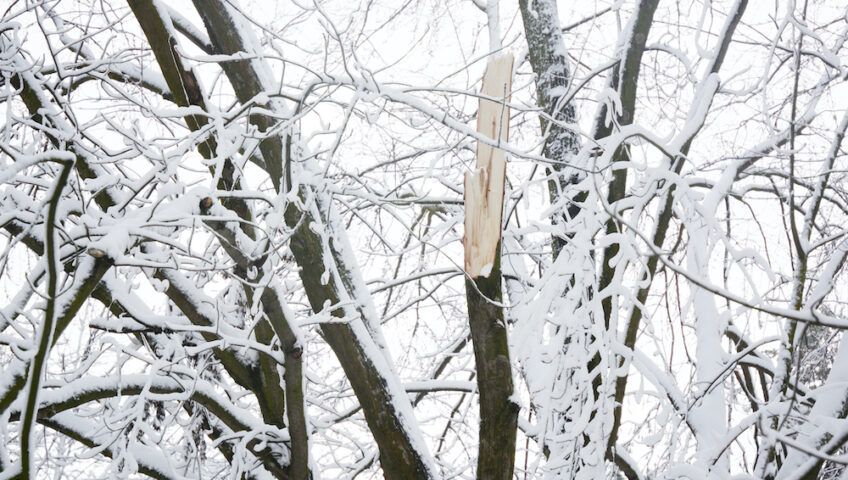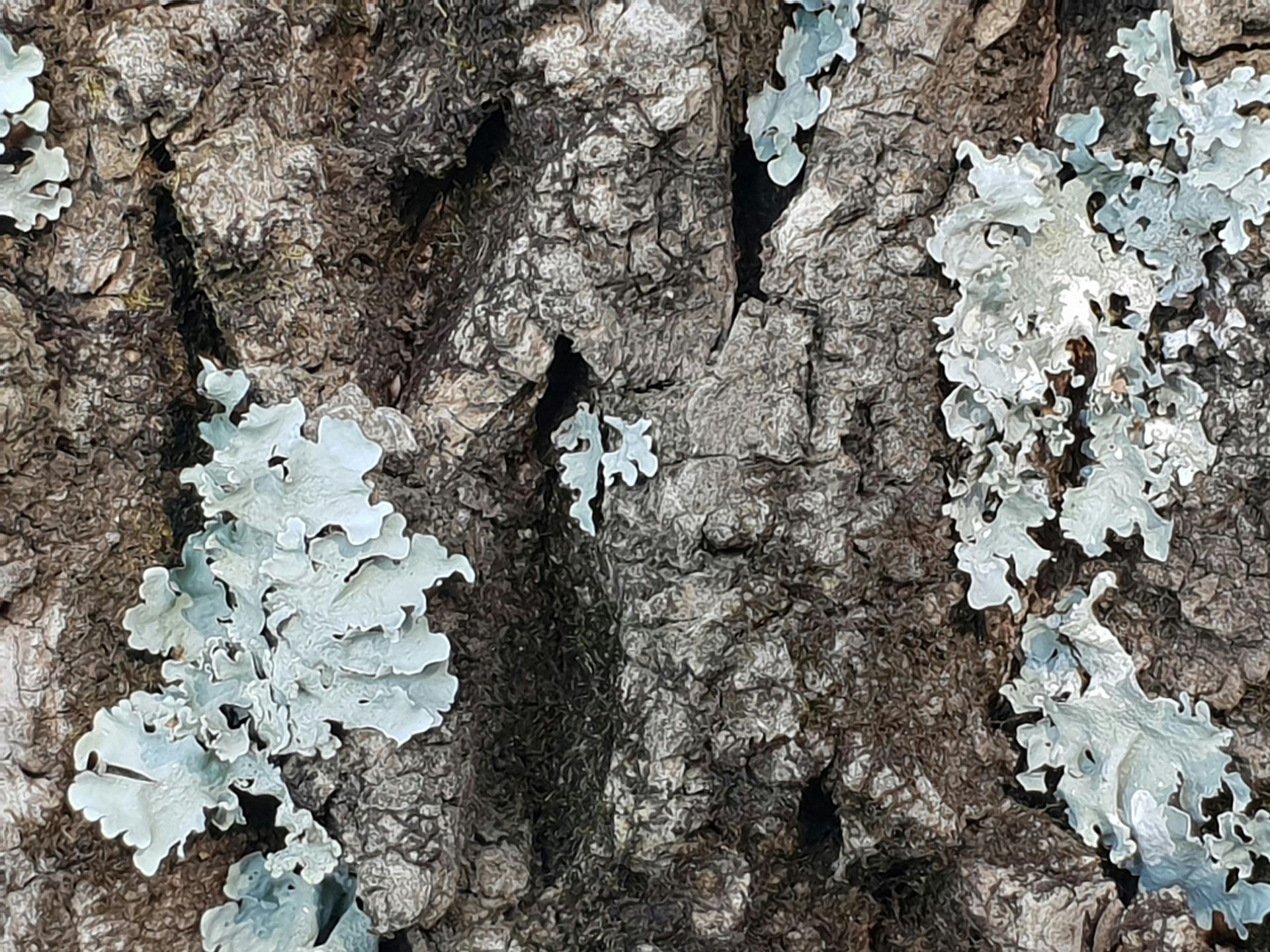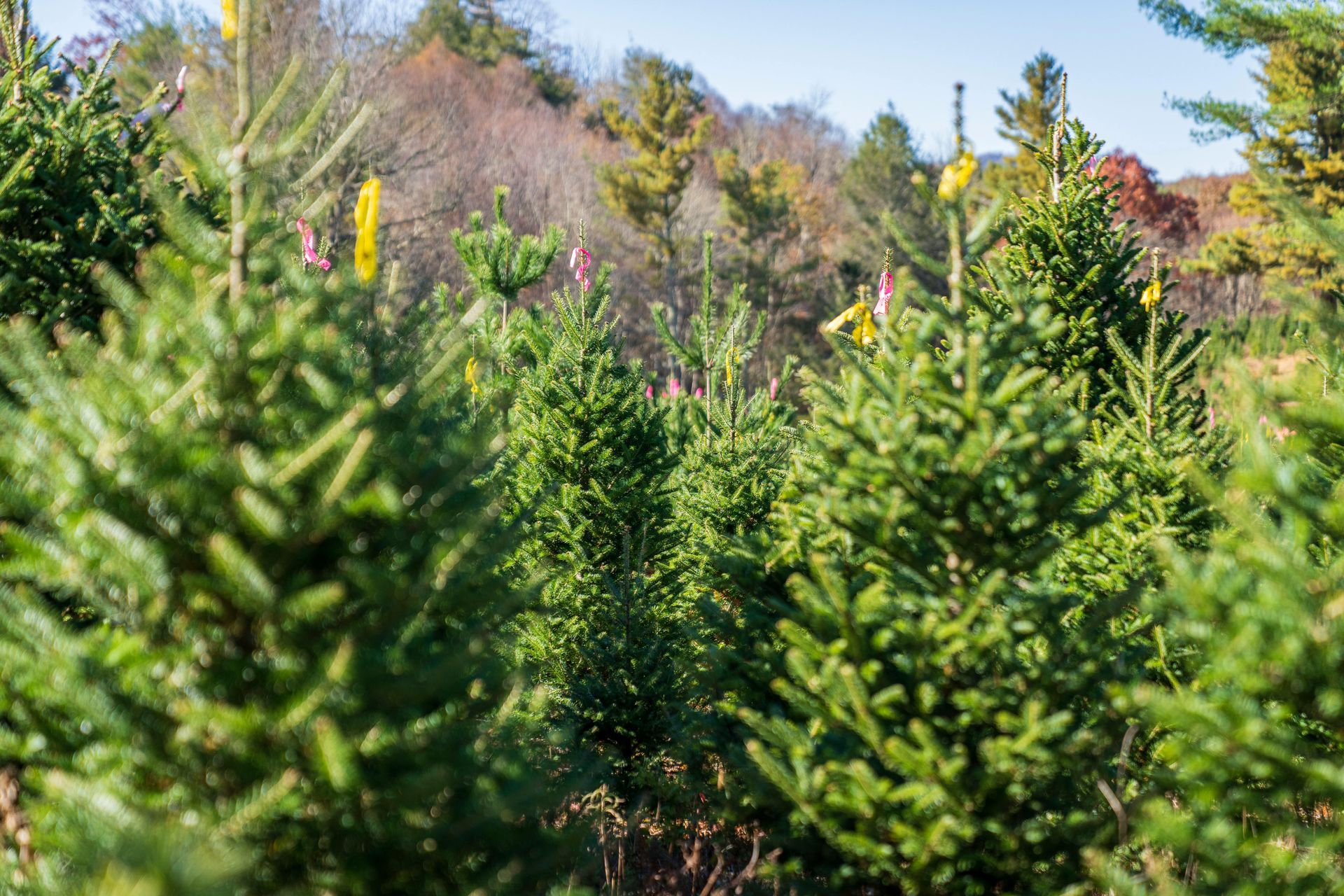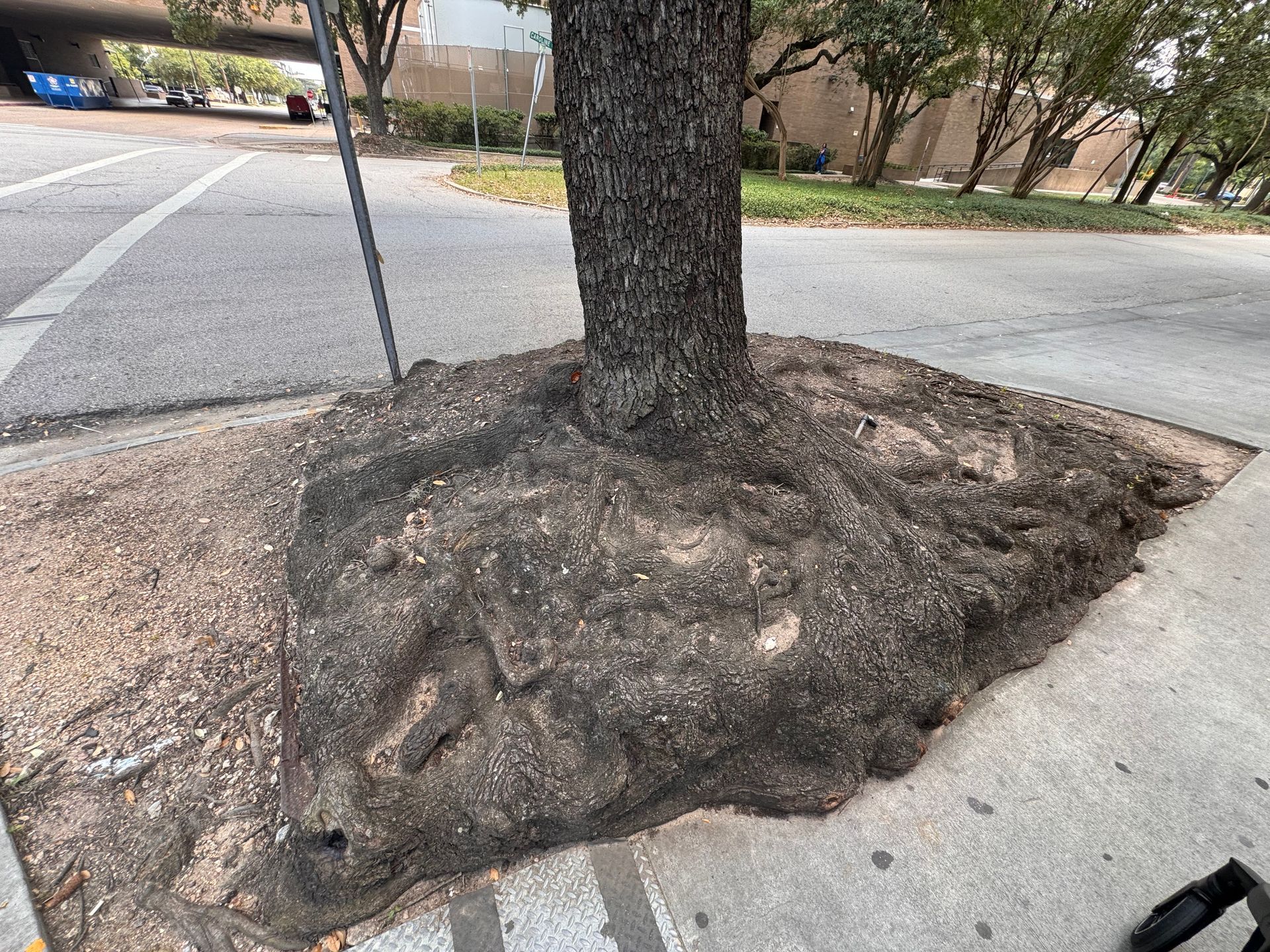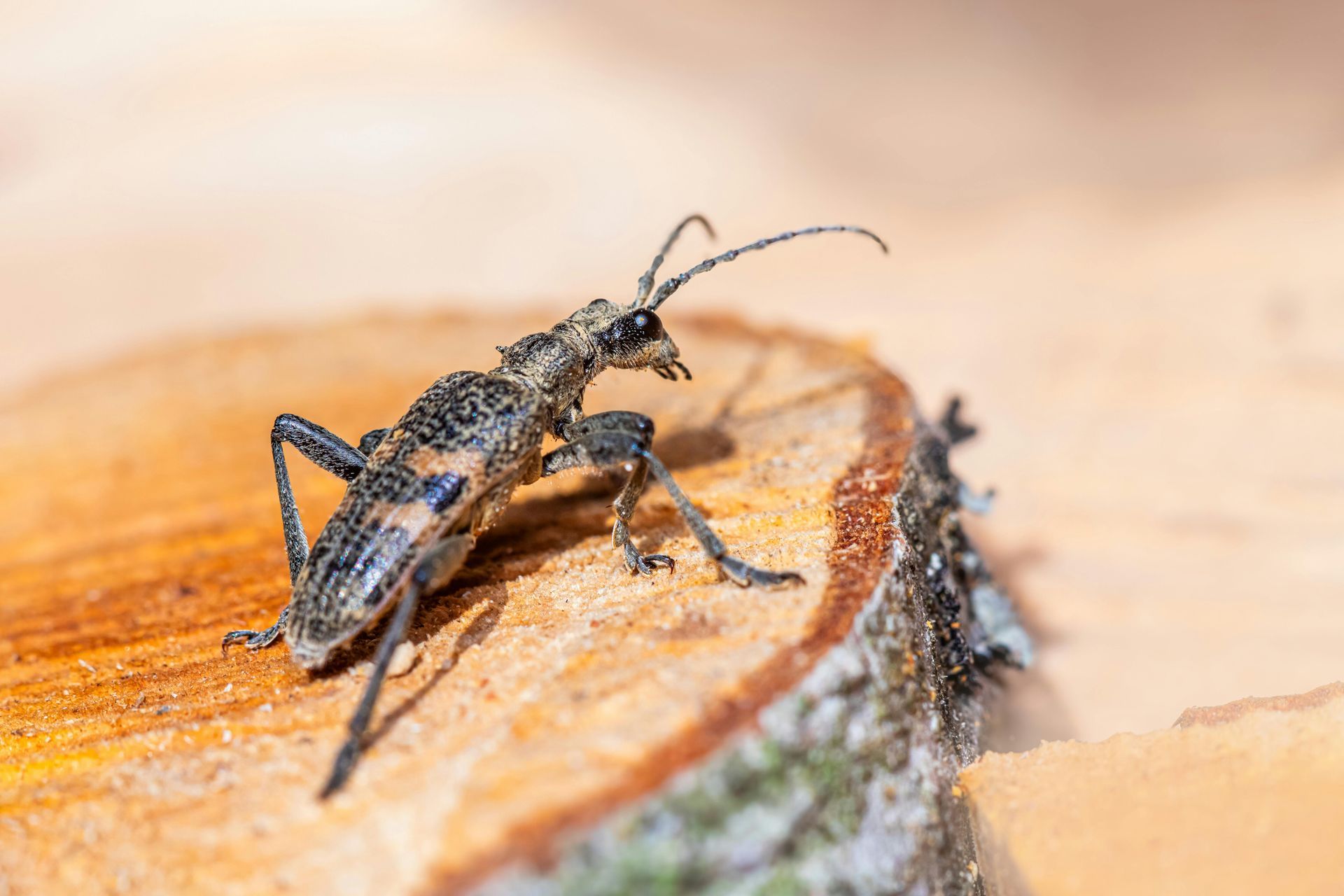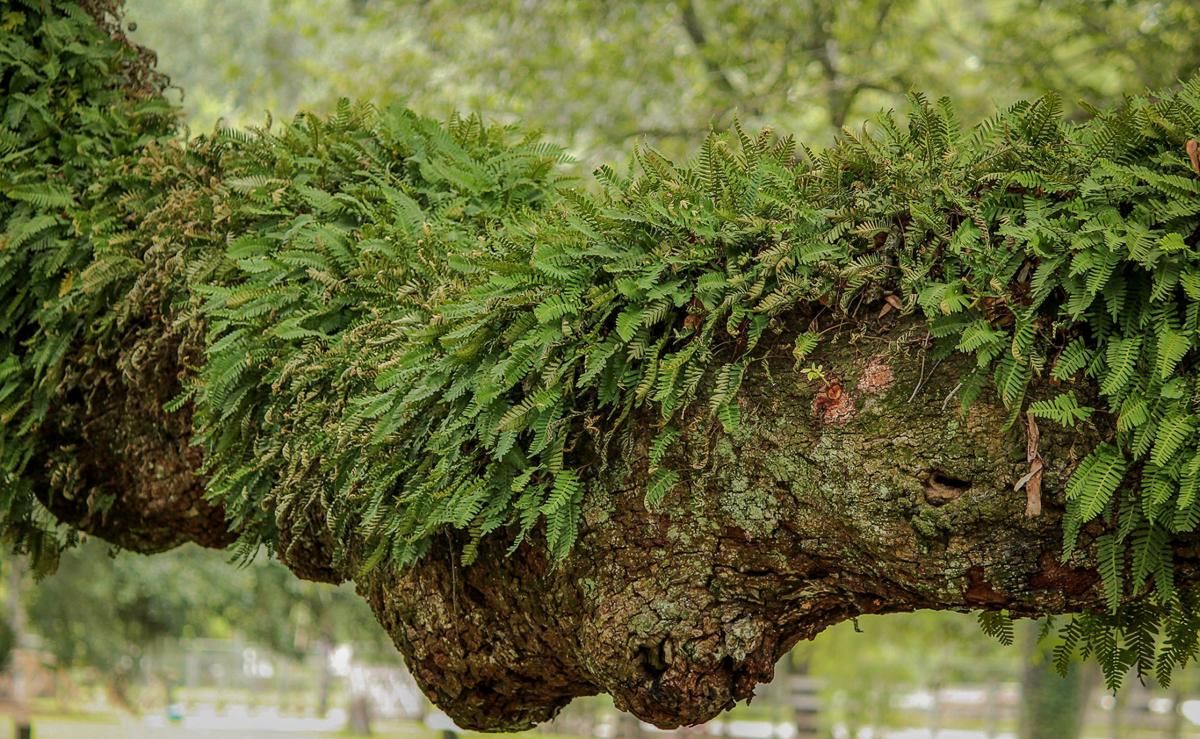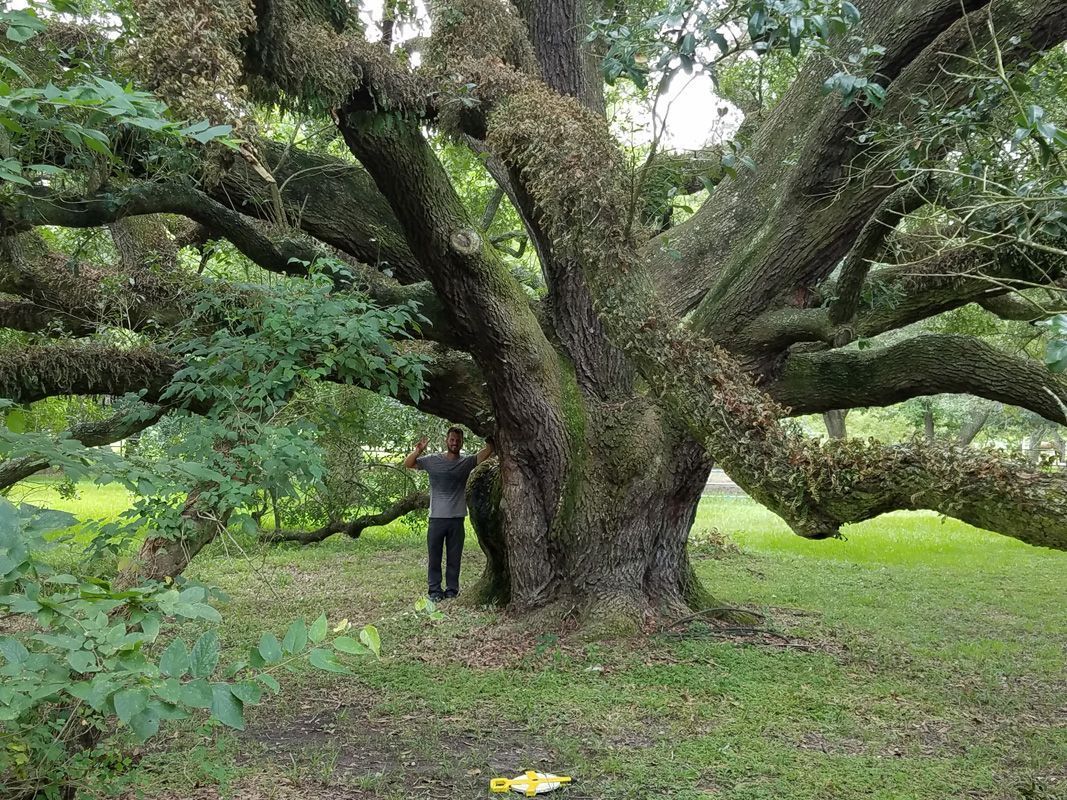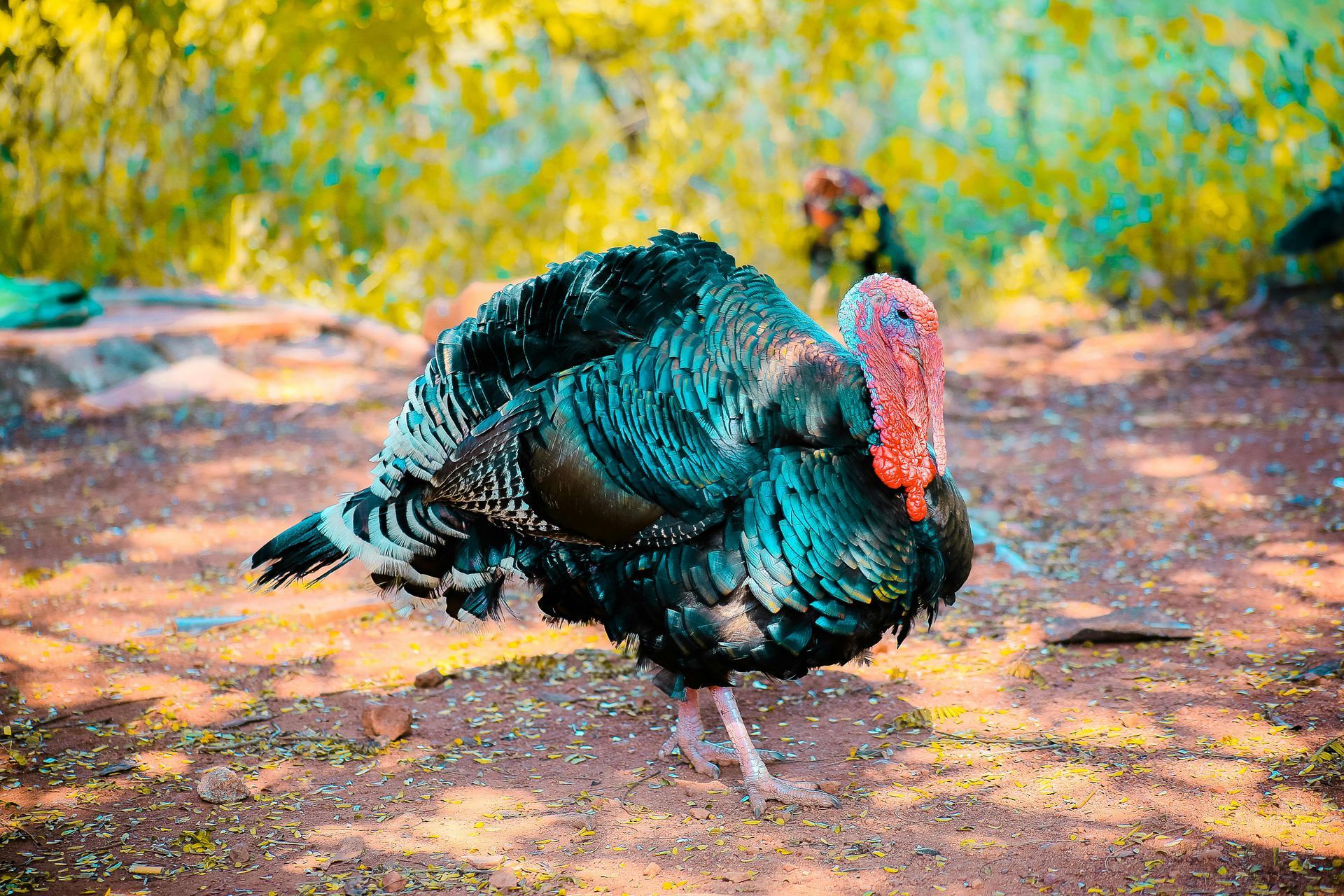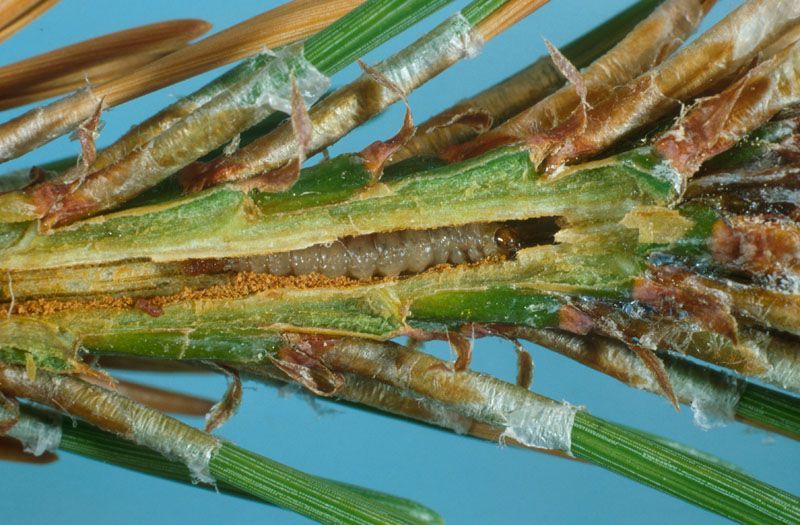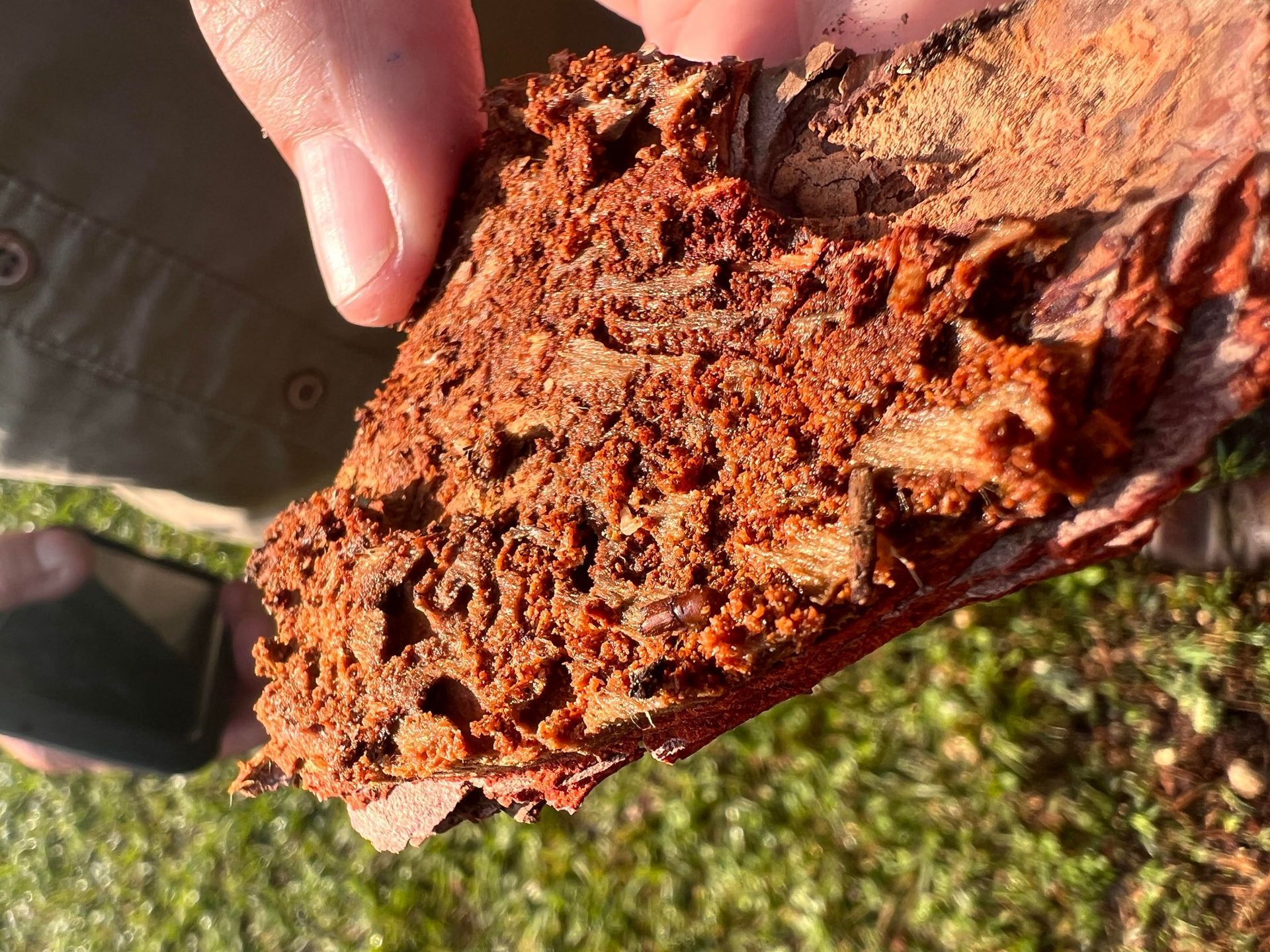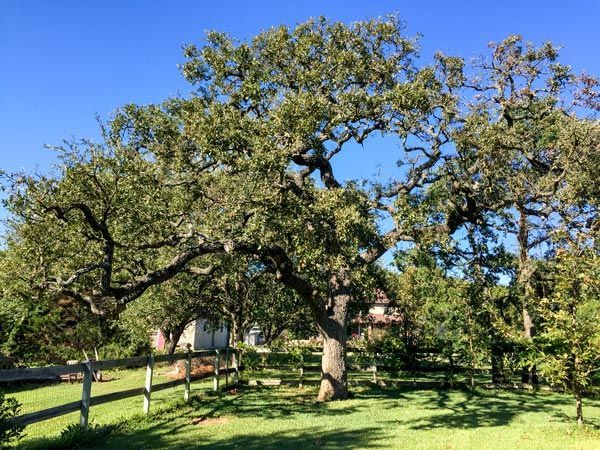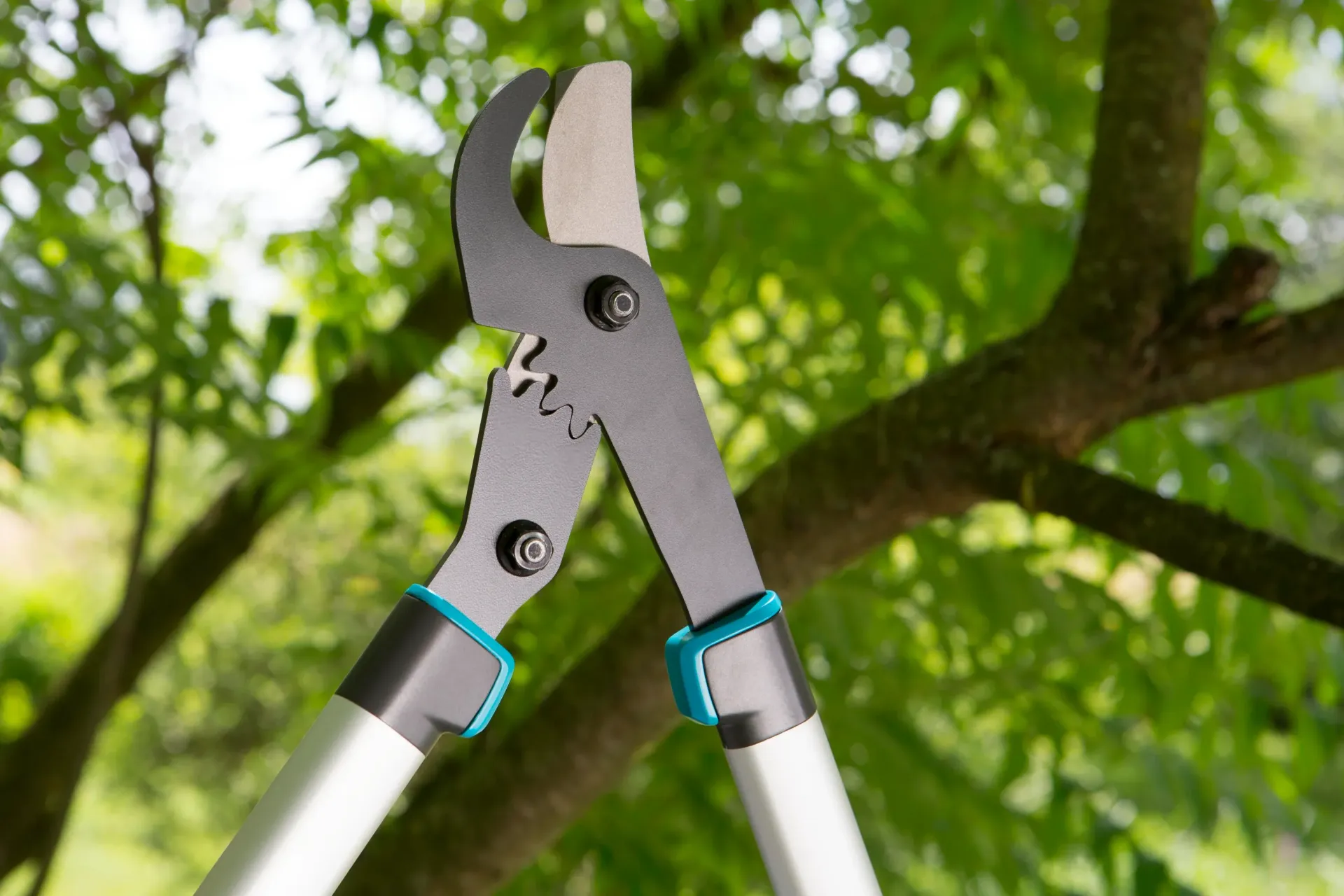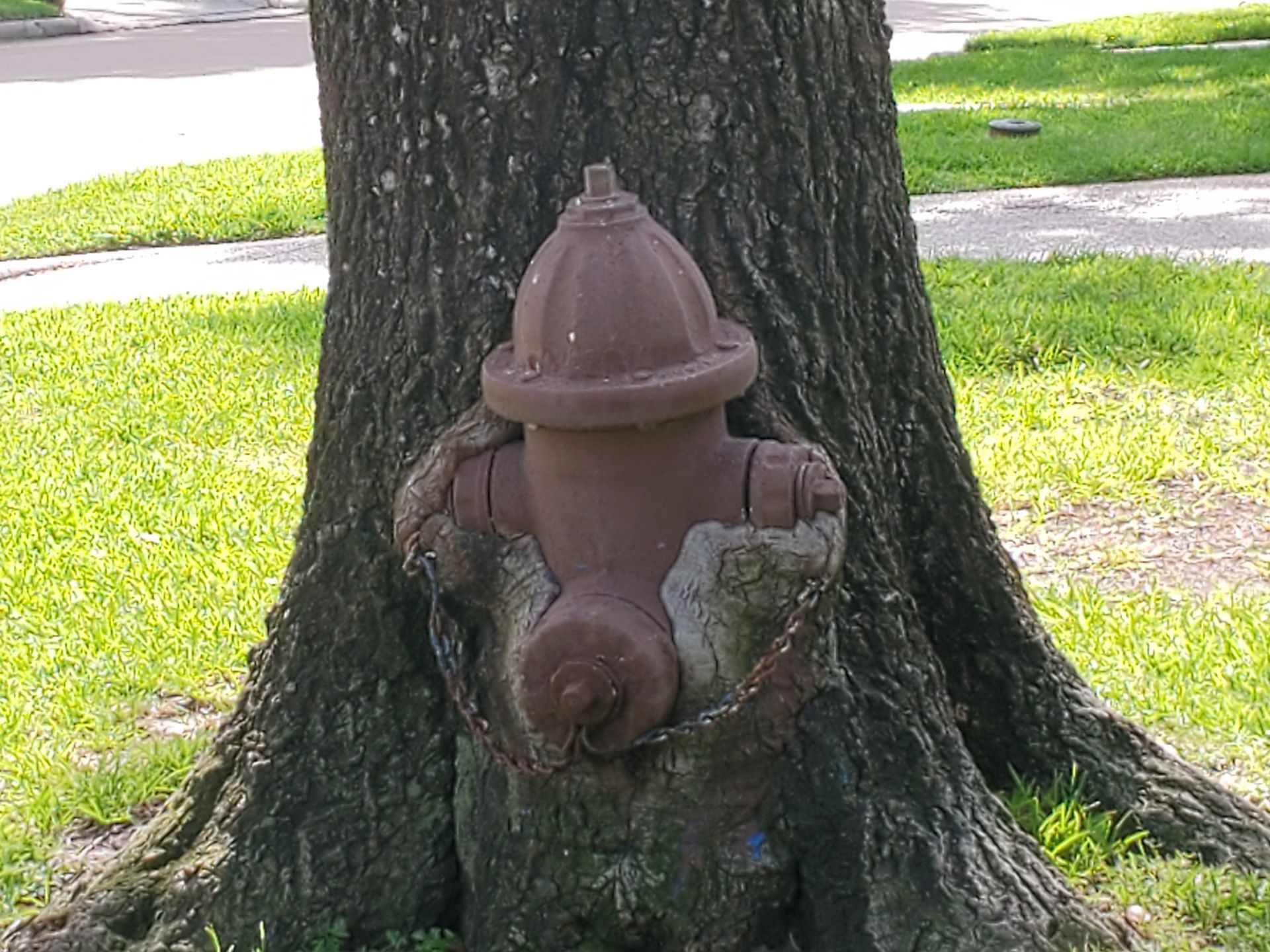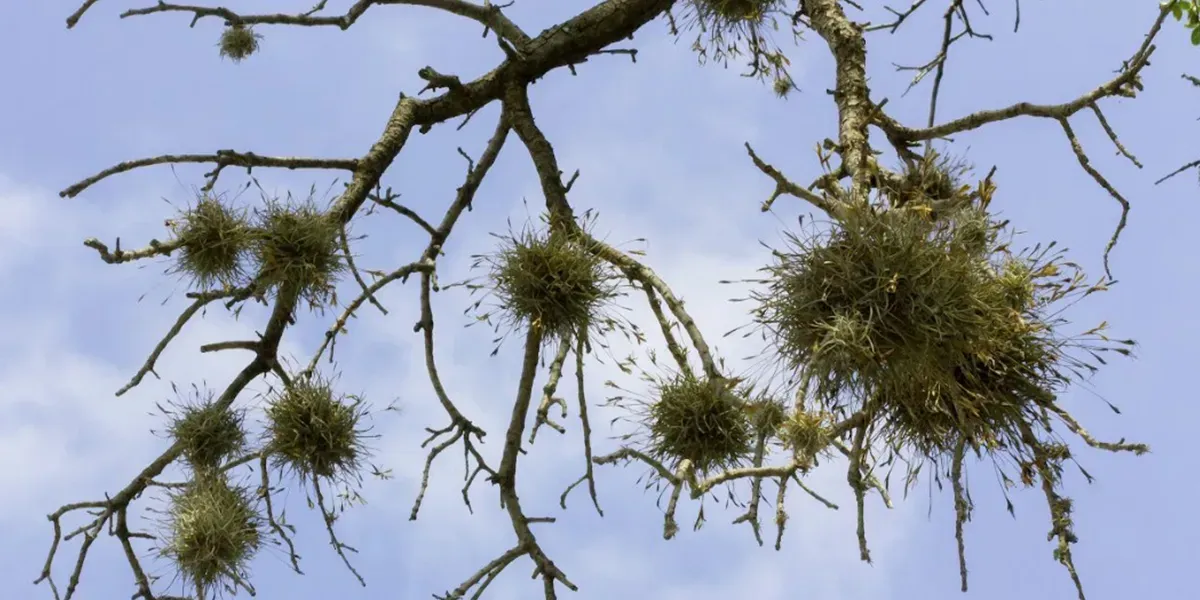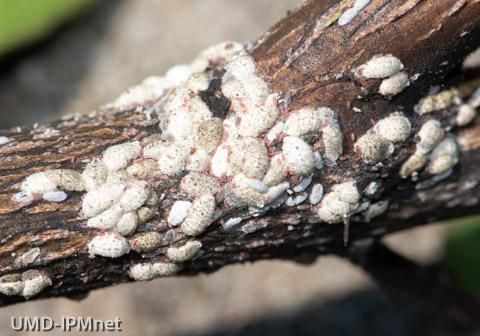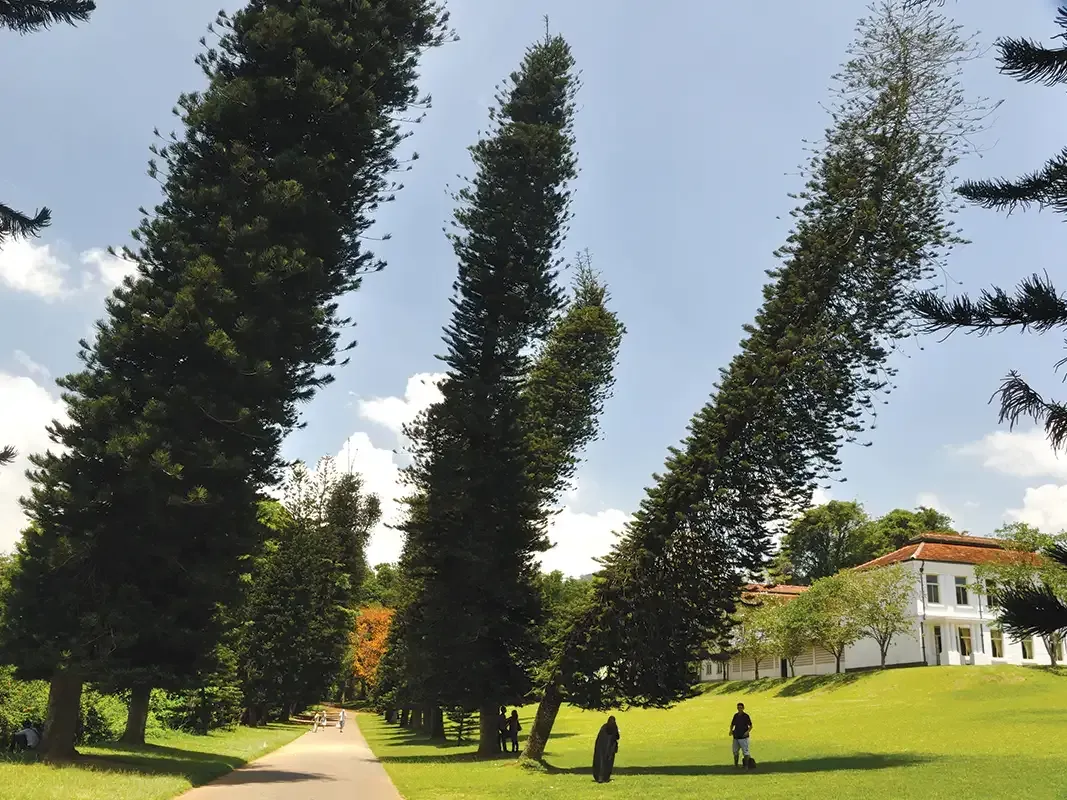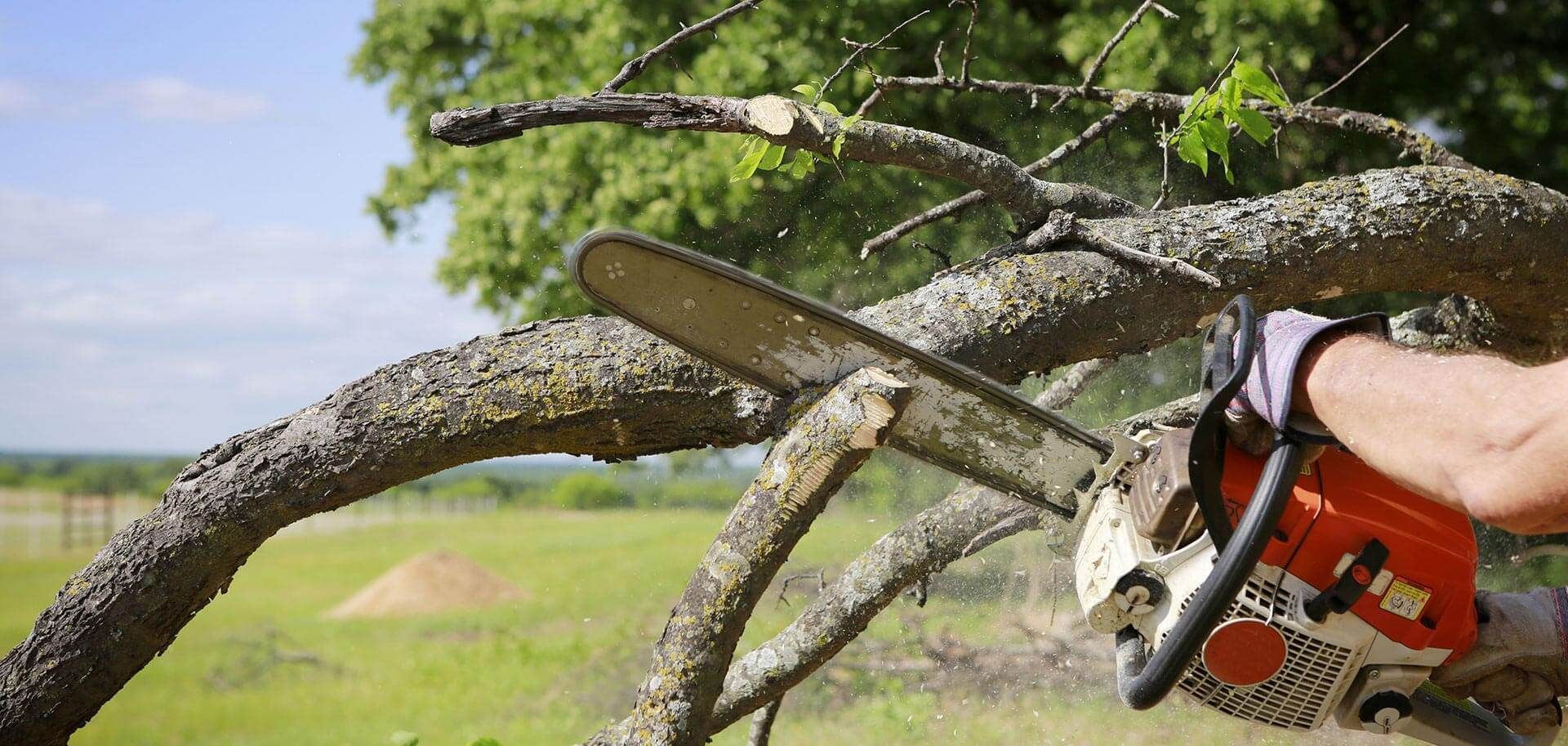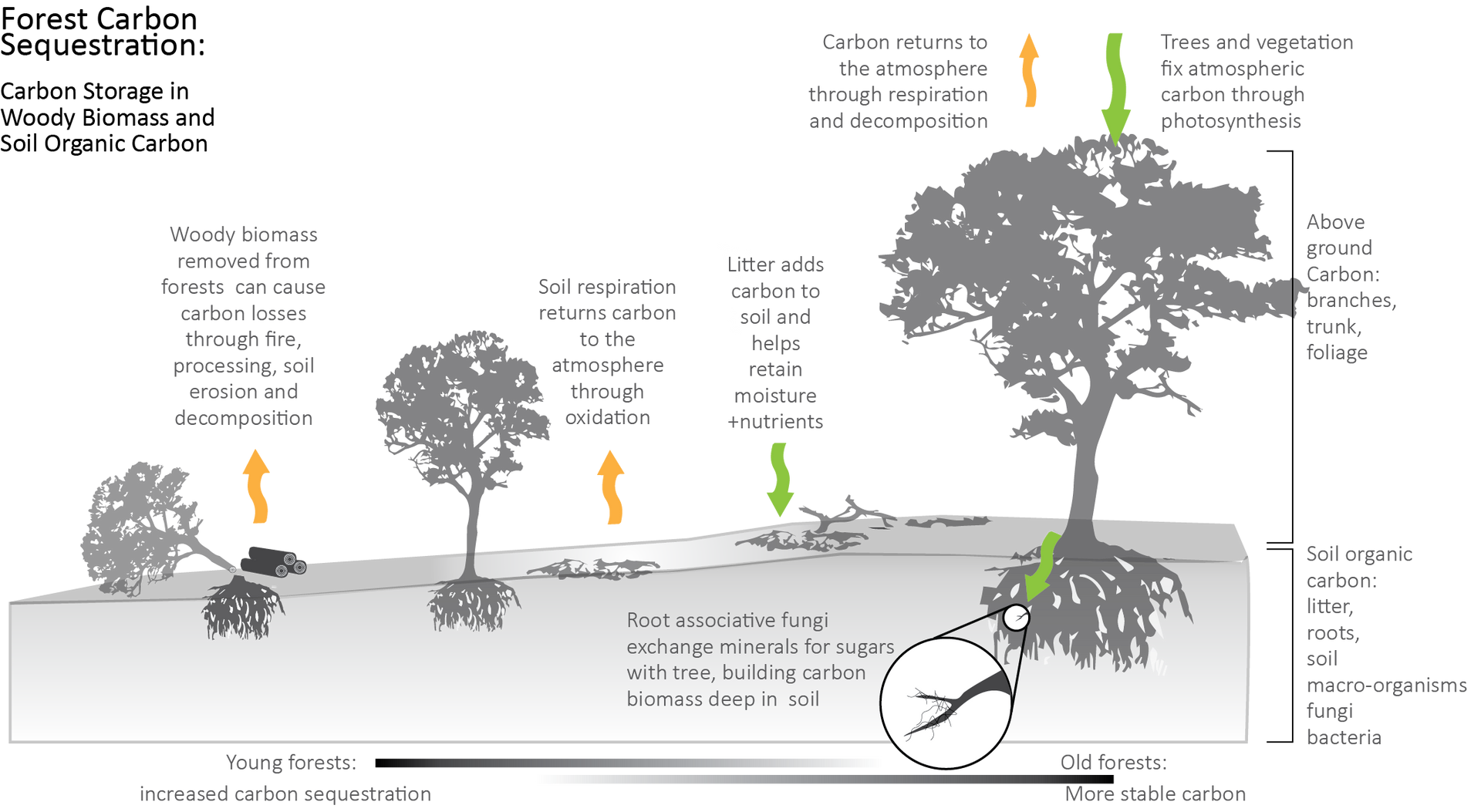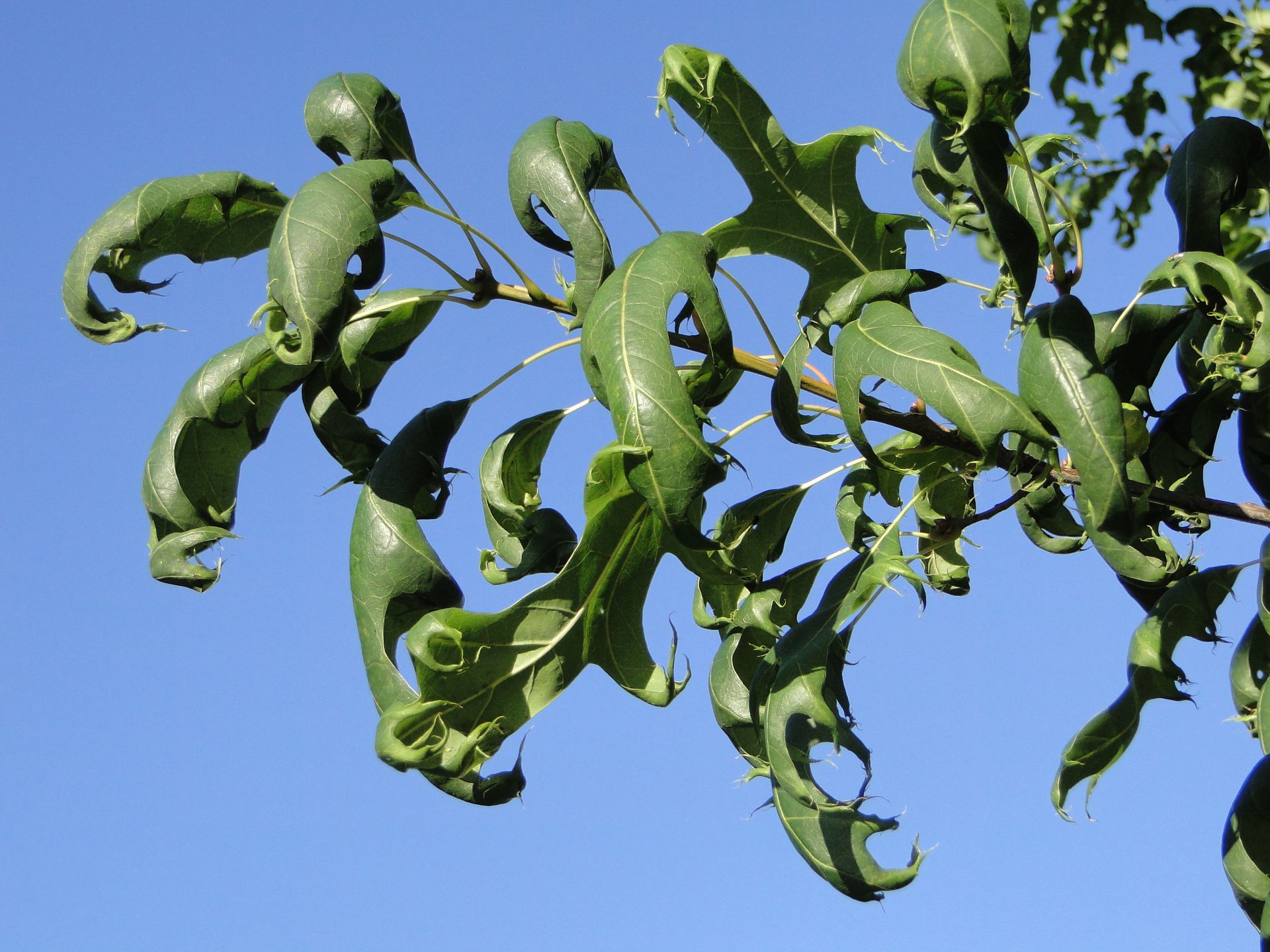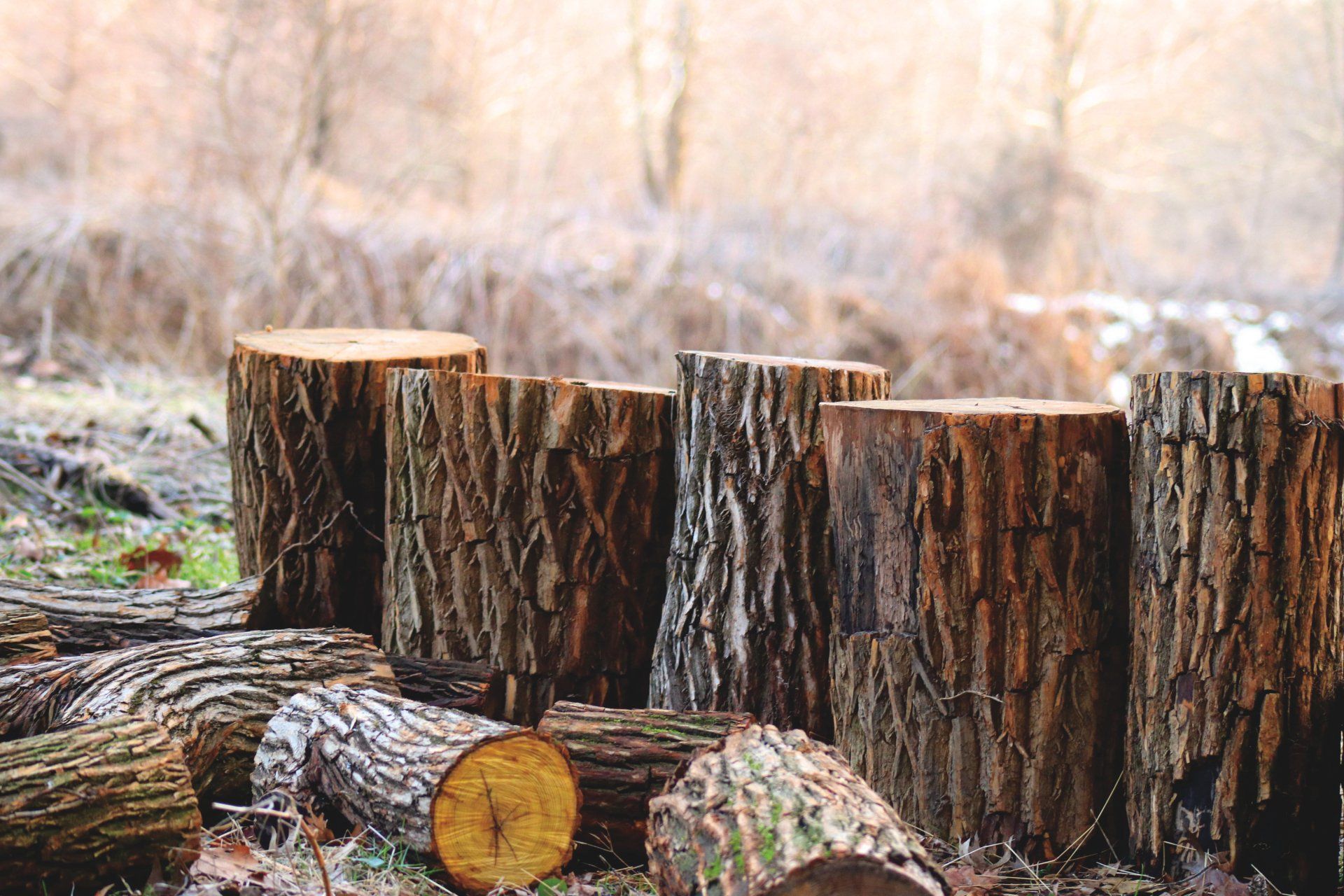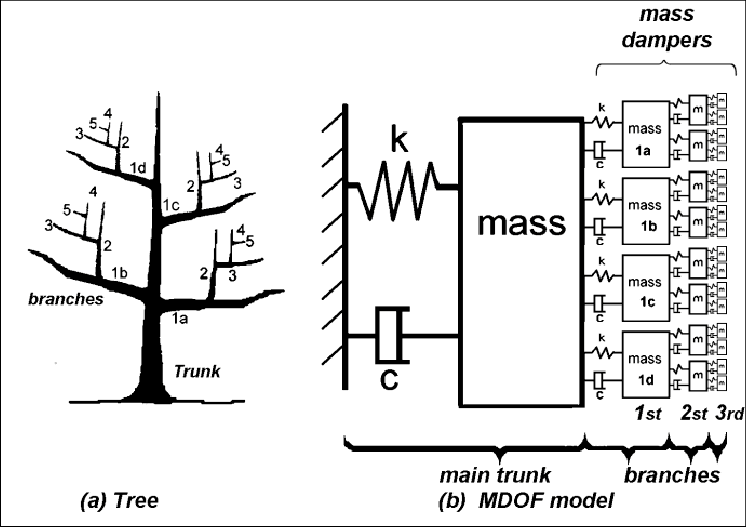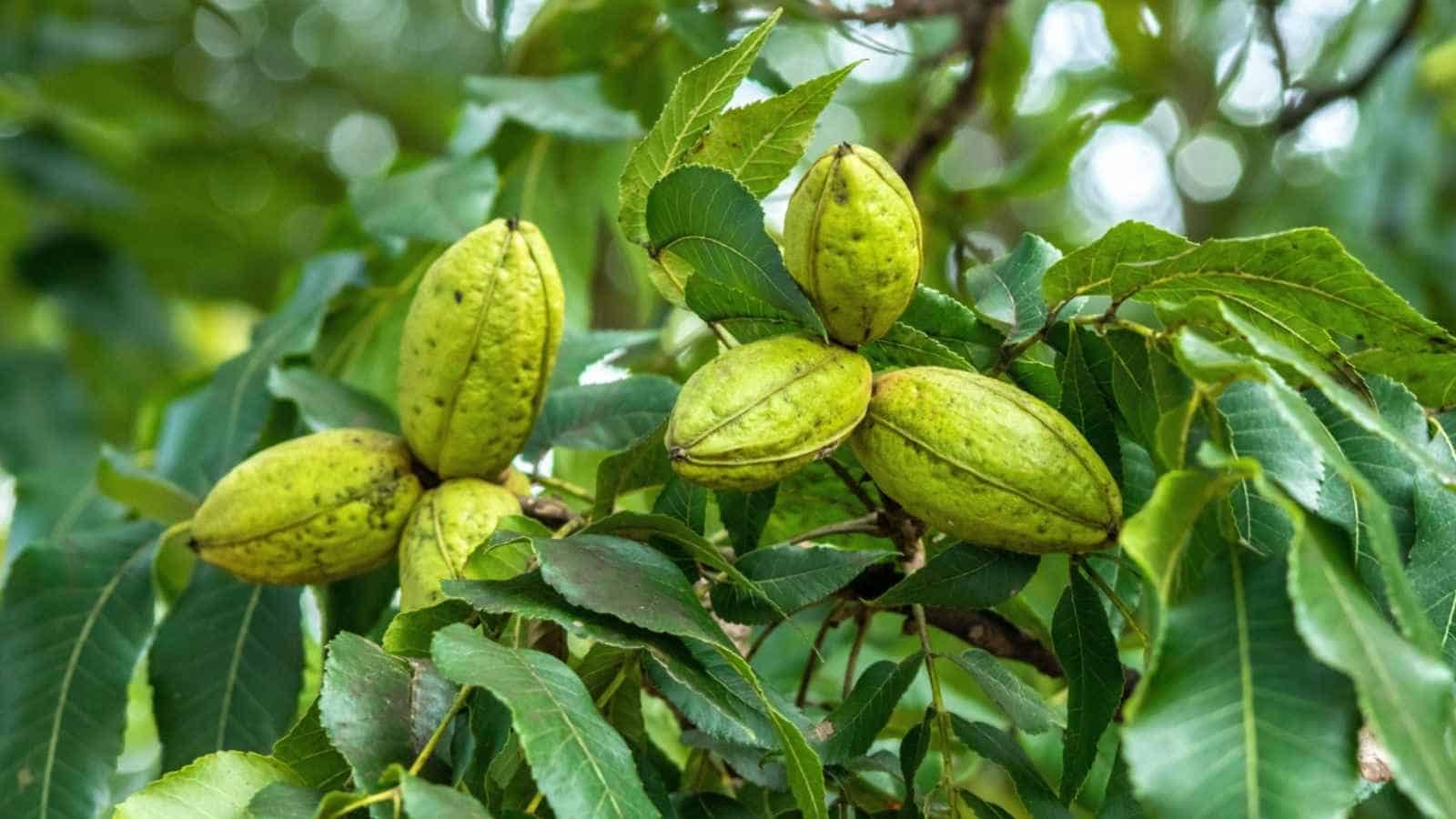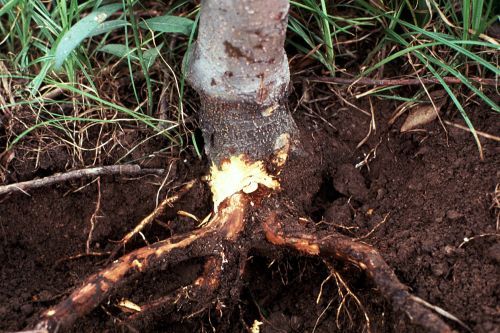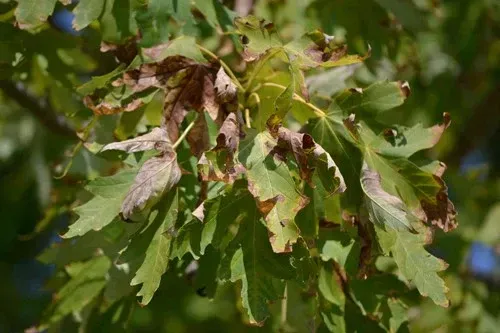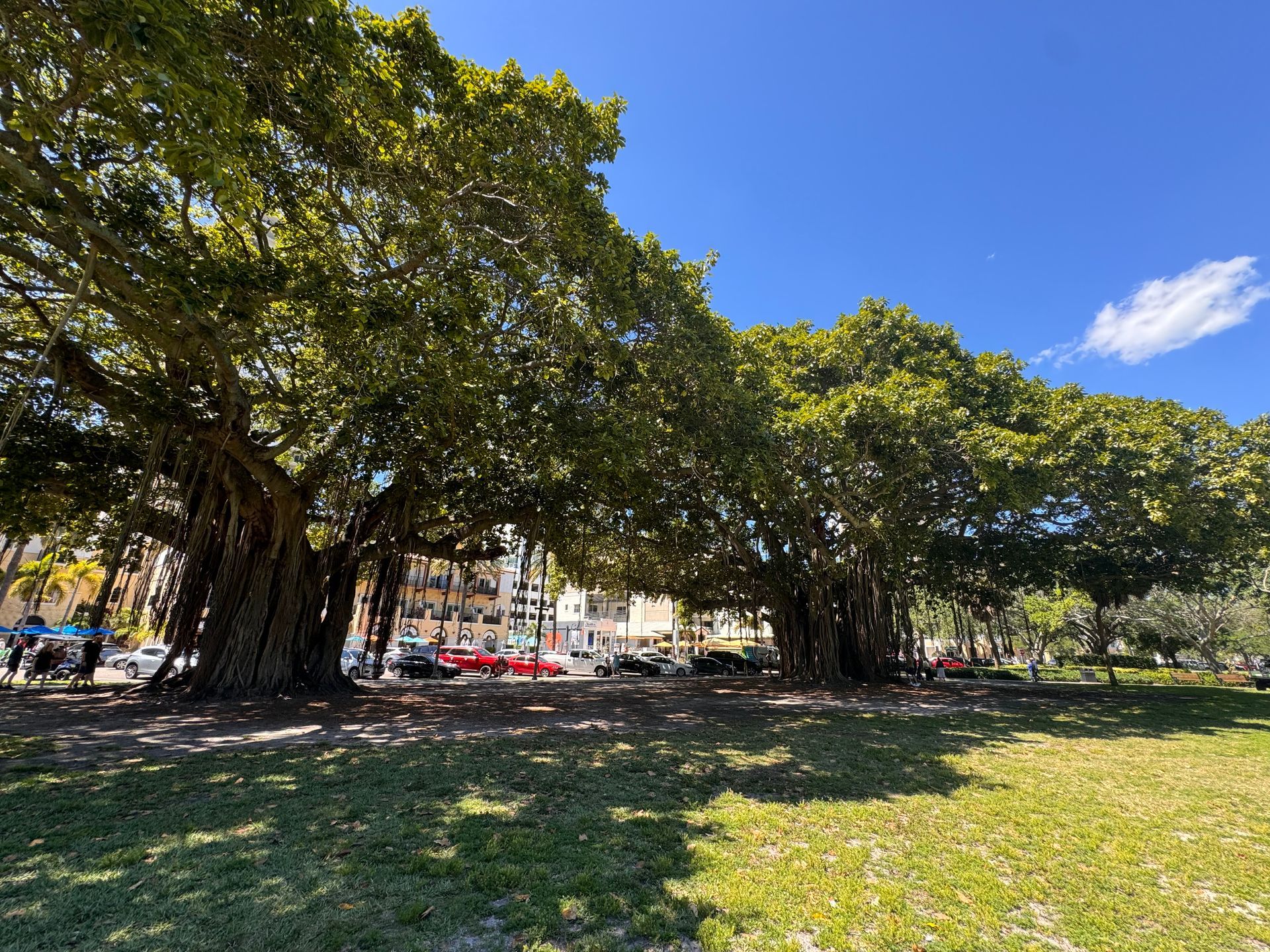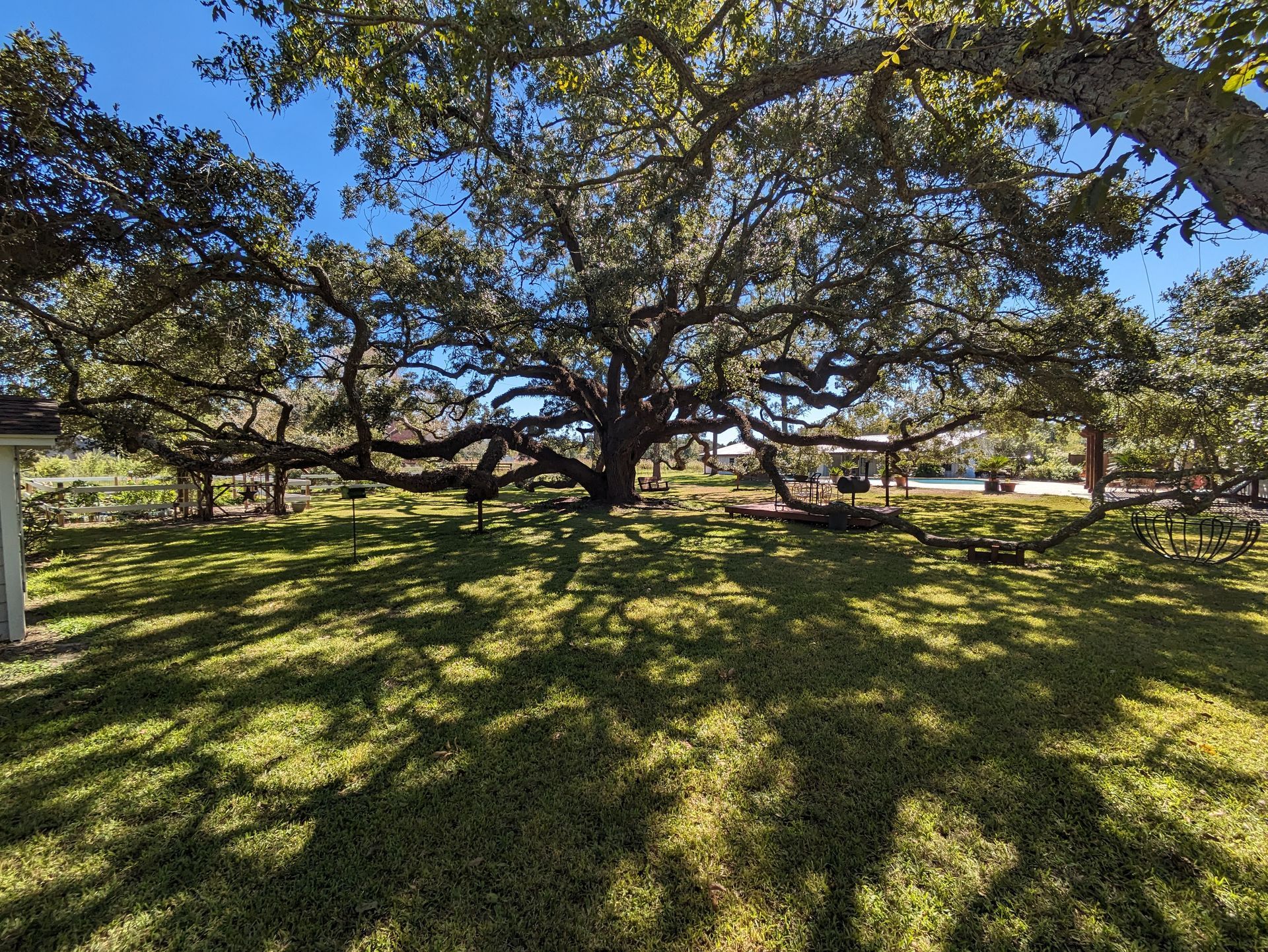Liriope’s Muse: Tree Care Tips from a Master Arborist
TRUSTED TREE CARE SERVICES SINCE 1970
Liriope's Muse: The Ariel Acrobats with Small Brains, Ridiculous Tongues, and a Passion for Percussion

With 239 species of woodpeckers, these birds can just about be found anywhere there are trees, shrubs, telephone poles, and cacti. (with the exception of Australia and Antarctica)
They've got rhythm!
Each species of woodpecker has developed their own unique style of rhythms, patterns, and speeds. This allows other members of the species - and some keen-eared birders - to identify who is speaking. Though they cannot sing, woodpeckers produce a range of rhythms, or calls, to warn others of danger, run off a rival, attract a mate, and send various signals/communications. Much like their songbird cousins, woodpeckers are "wired" to learn their unique drumming patterns (Unlike, for example, the naturally occurring screech an an eagle.) Woodpeckers like to practice their drumming on different surfaces such as hollowed out trees, stumps, and logs to create just the right volume, pitch, and speed that reaches ears far and wide.
These creative percussionists are also known to use other objects like telephone poles, house gutters, street light covers, and even transformers to amplify their tunes.
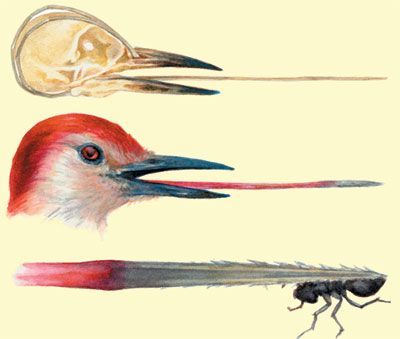
Ever wonder how, despite using their heads as jackhammers, woodpeckers don't get concussions? Well, they can thank their curiously long tongue for that.
Their tongues are how long?
Woodpeckers have some of the longest tongues in the bird kingdom, their tongues can extend up to 5 inches past the tip of their beak and be up to 9 1/2 inches in total length making for the perfect vessel to reach deep into crevices in search of grubs, ants, and sap. In addition to length, woodpecker tongues are barbed at the end creating a harpoon and giving them a great advantage when hunting for prey. Further, their tongue is sticky making it impossible for an insect to wiggle away once it is speared.
So where do the other few inches of tongue fit into their tiny heads? Their tongue begins in the lower mandible or the muscle tissue right behind their eyes and extends around their brain (creating a brace or shock absorber of sorts) and out of their bill. The tongue is wrapped in a set of bones and muscles called the Hyoid Apparatus. This apparatus gives the bird mobility and control over its tongue.
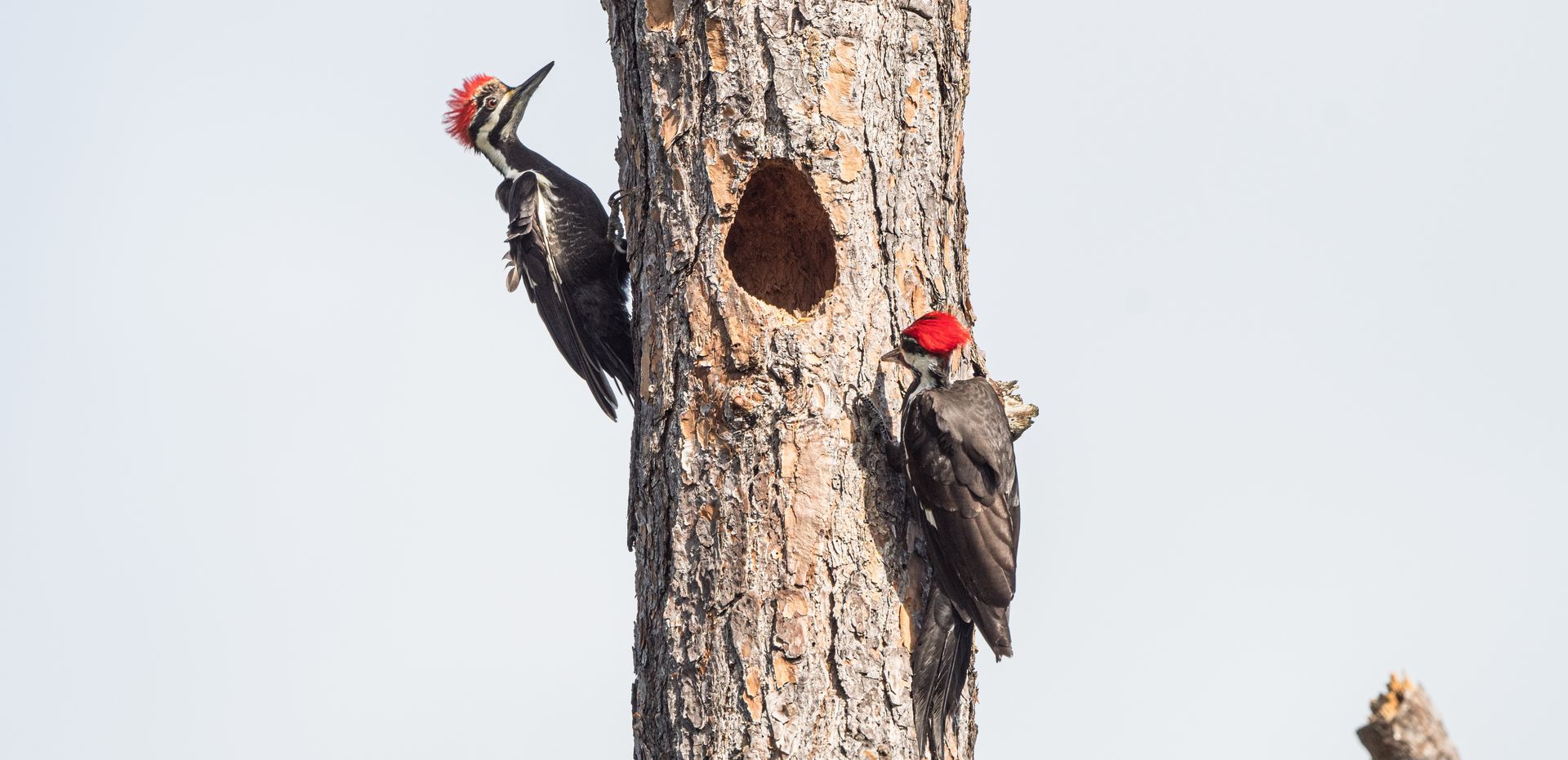
The heroes with a bad reputation...
Despite popular belief, woodpeckers aren't as harmful to trees as they may seem. They get a bad reputation for killing trees when what they are actually doing is pointing to a larger issue, like a pest infestation for example. With the exception of the sapsucker, woodpeckers only drill into trees in search of prey. (which must first be inhabiting the tree before the woodpecker's arrival.) Shortly after a woodpecker has established a stable food source, they will begin to build a nest by burrowing deep into the trunk of a tree creating holes far larger than those drilled for food.
This is not to say that woodpeckers do no harm to trees, because they do, but never solely to an extent that will kill the tree. They just further weaken and stress an already stressed tree. and if you'd like to rid your tree of a woodpecker problem, you must first get rid of the underlying pest infestation. A bird with no food will no longer have a need for that tree and will shortly flee.
So if you happen to see a woodpecker drilling into your beloved tree, call an arborist near you as you may have a pest infestation of some kind.
Below are some articles I found useful during my research for this blog:
Birds and Blooms - Woodpecker Facts
River Bendva - Woodpecker Damage To Trees
CBC - Why Woodpeckers Dont Get Concussions
Liriope’s Muse - Expert Tree Care Tips
